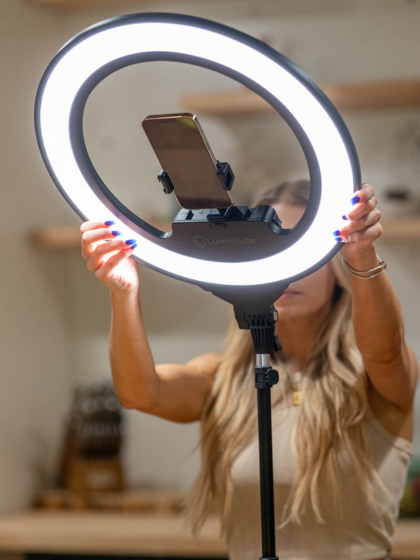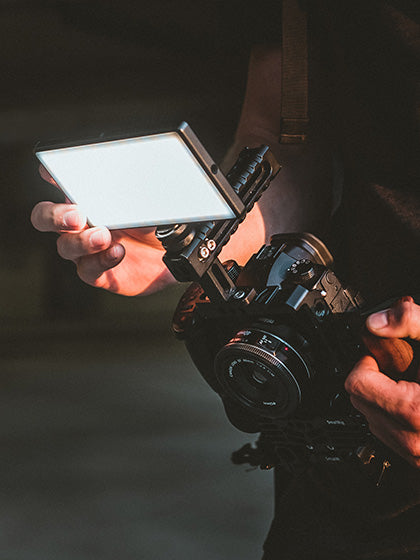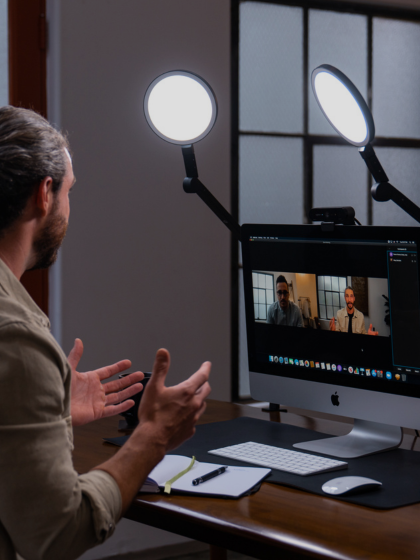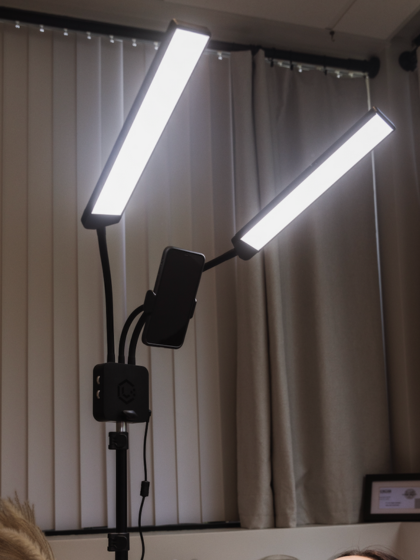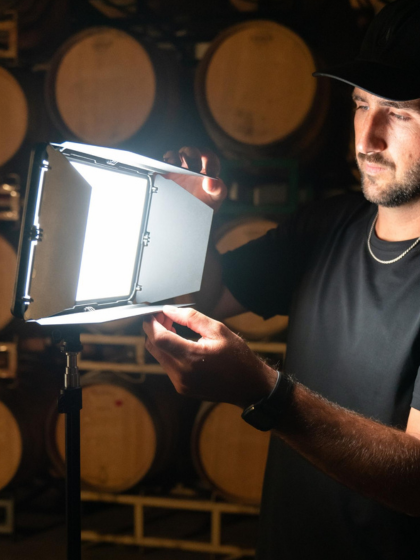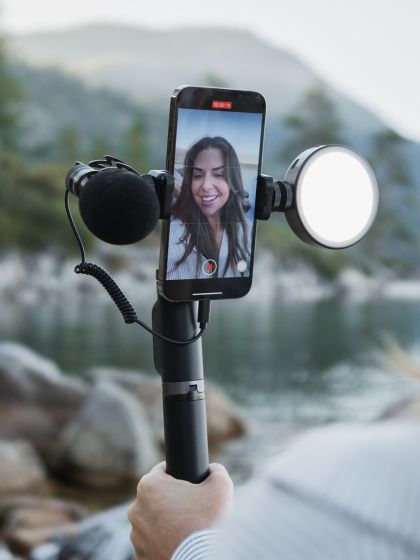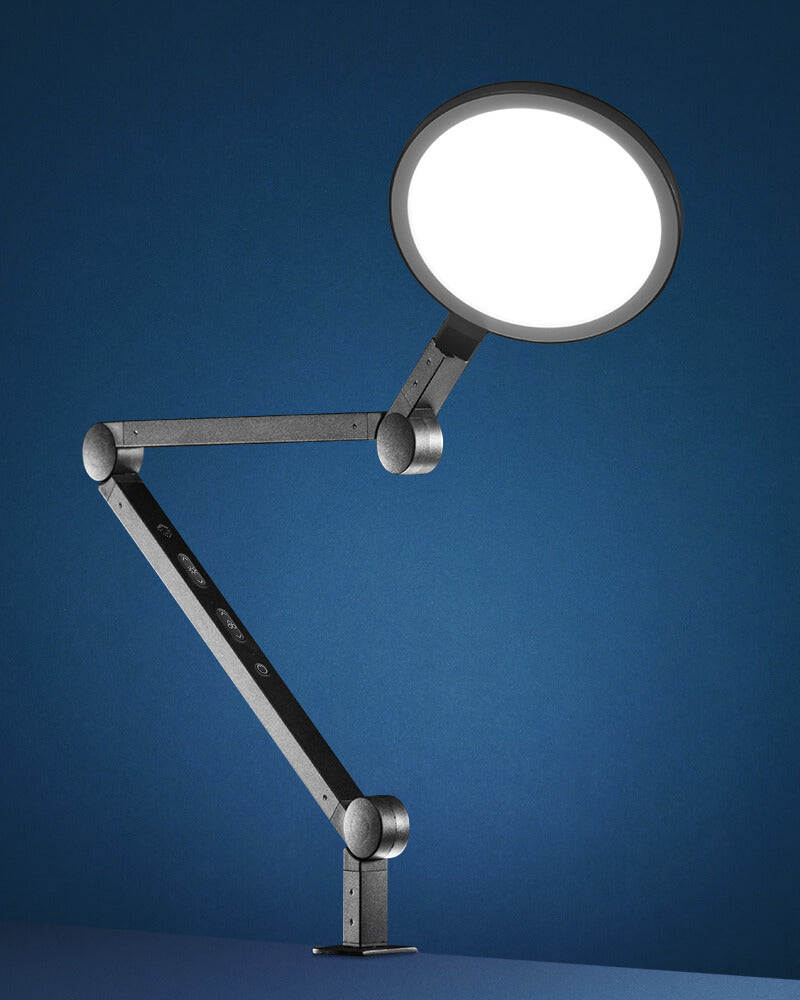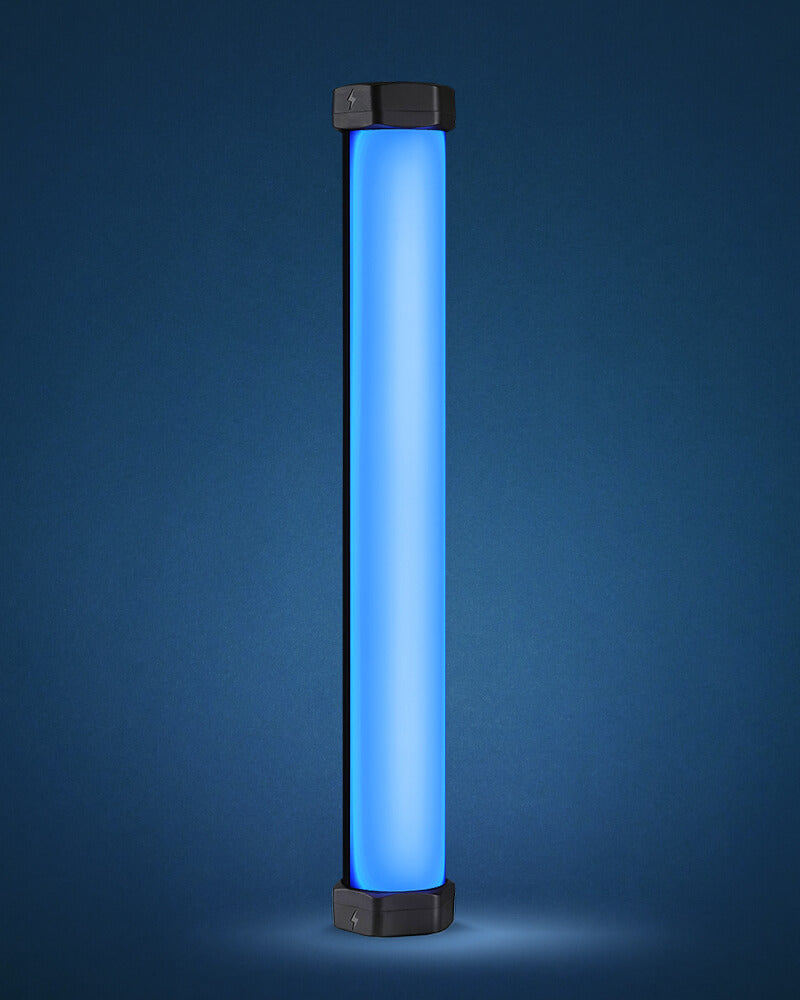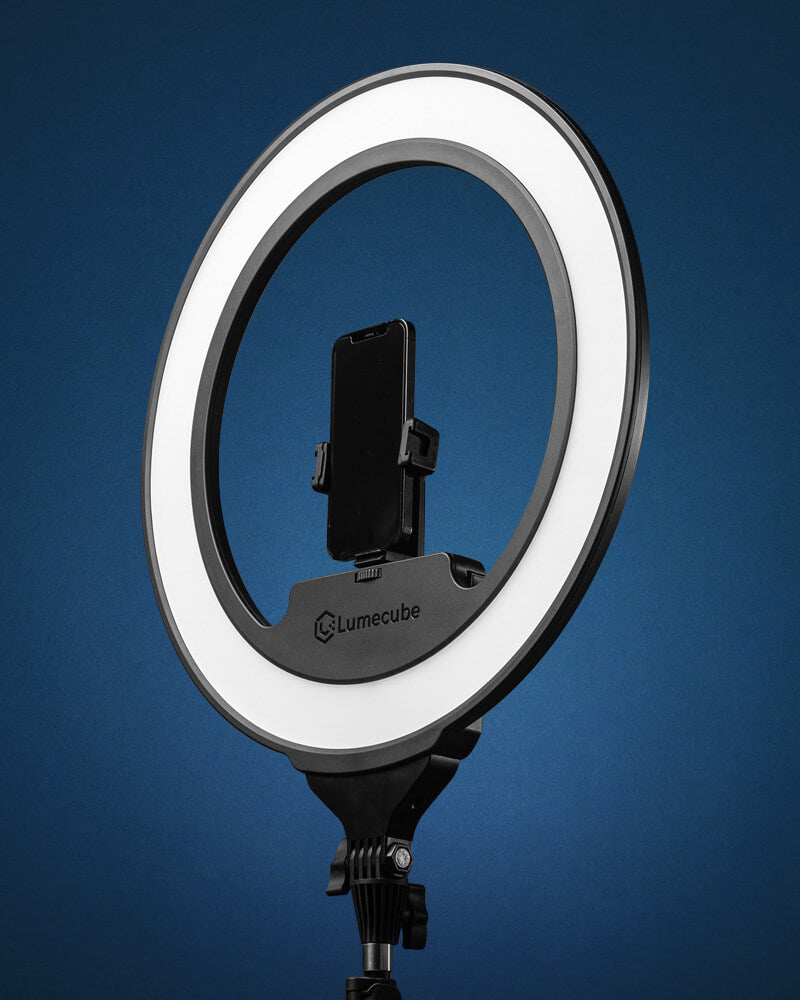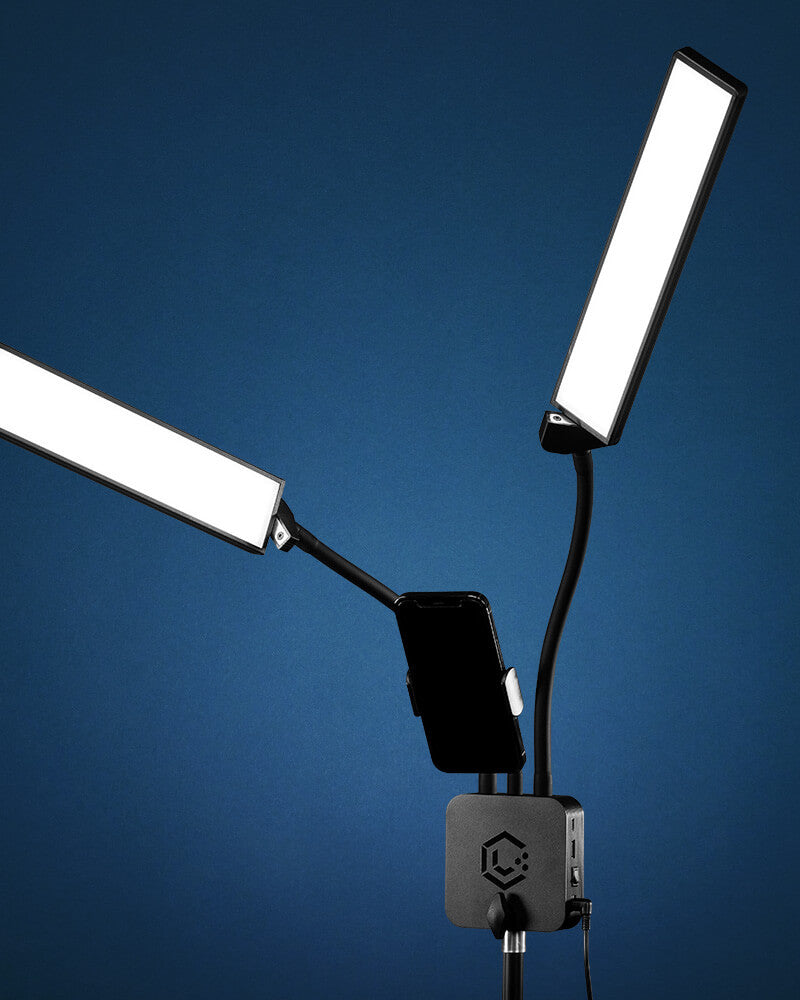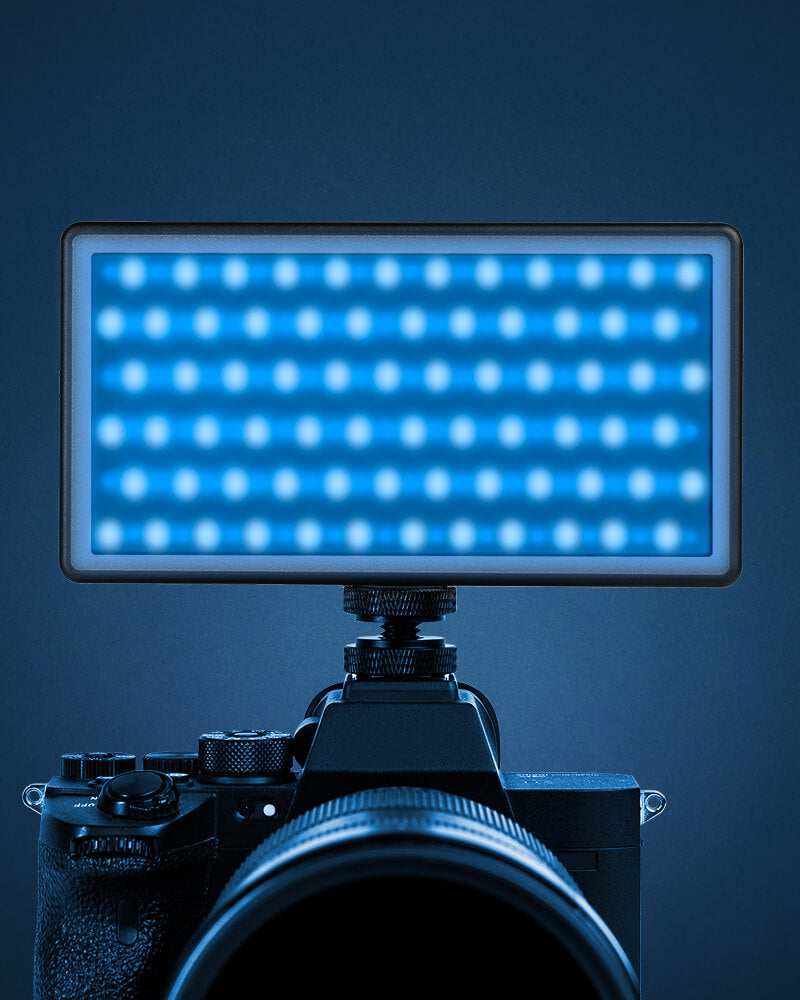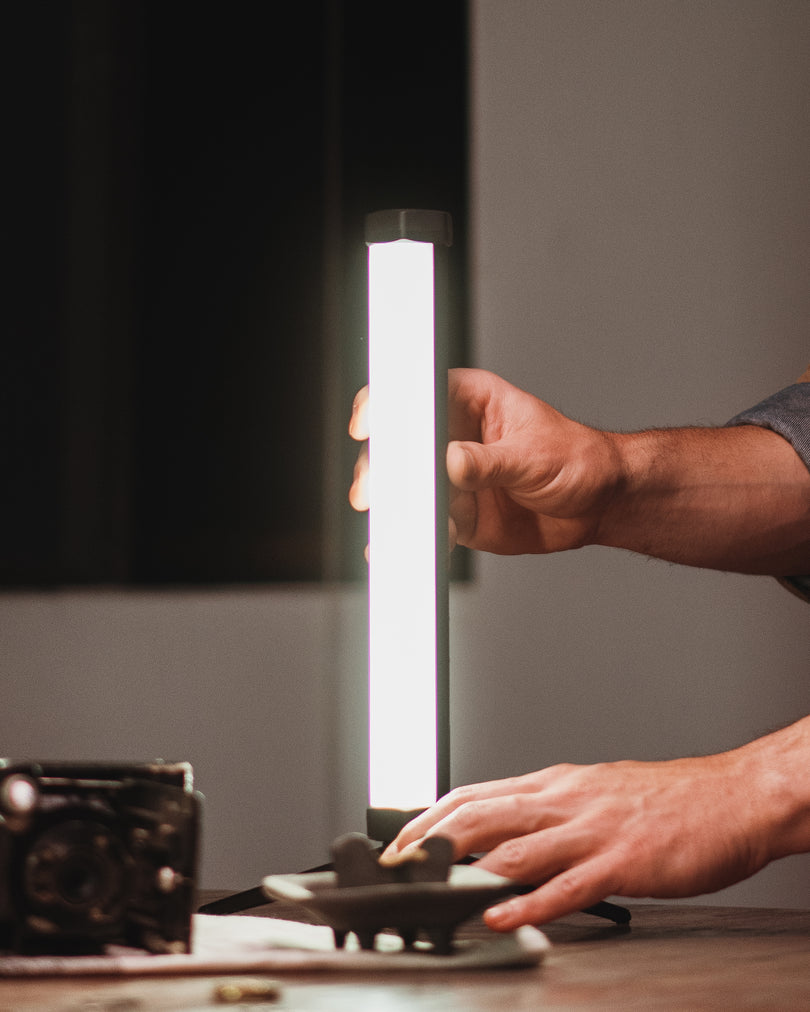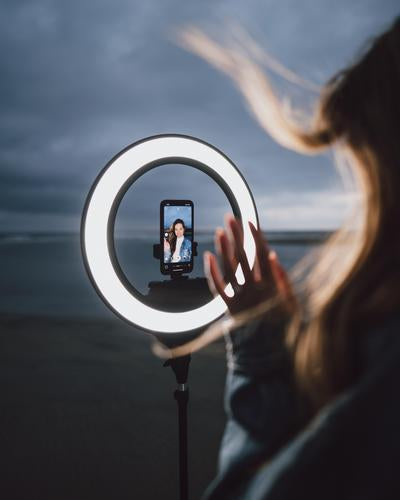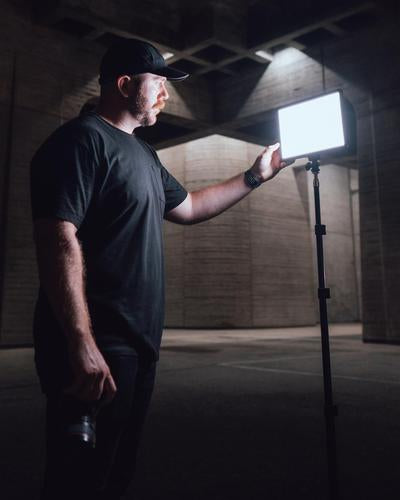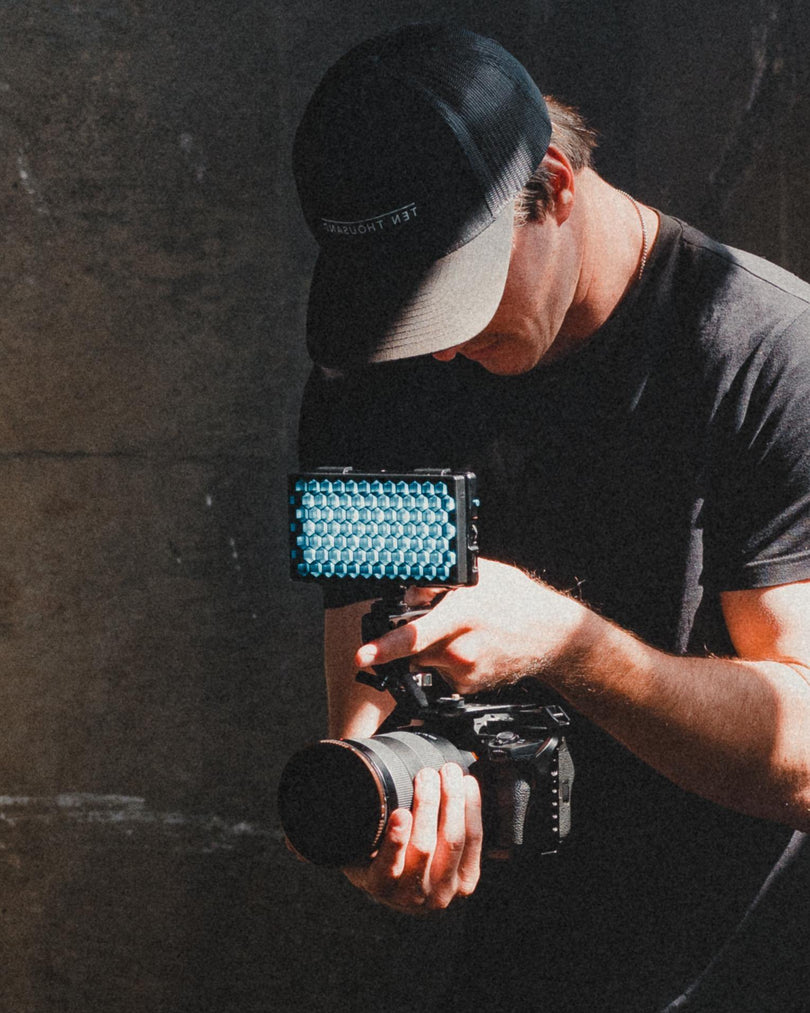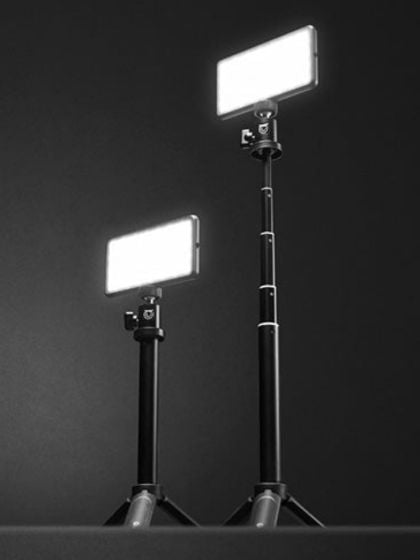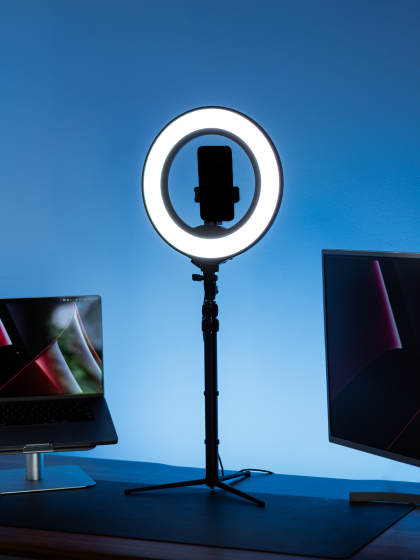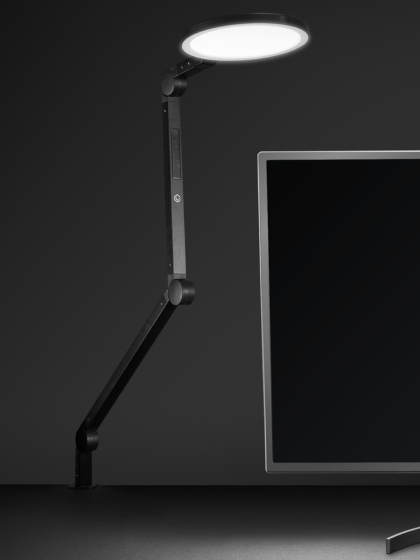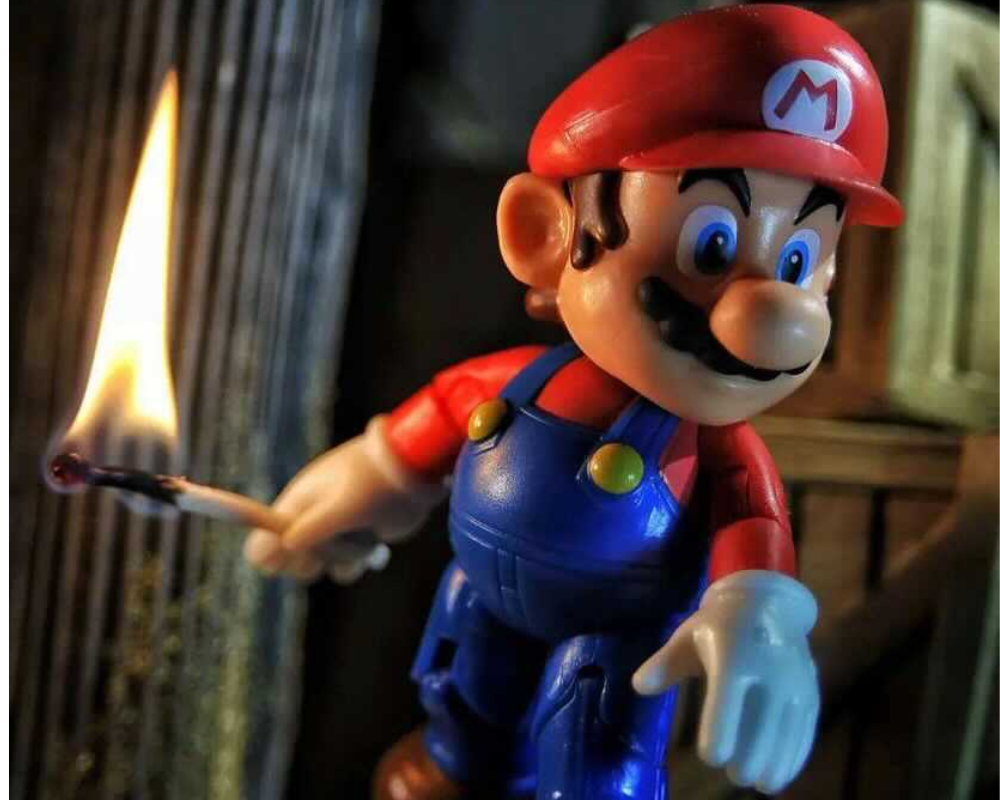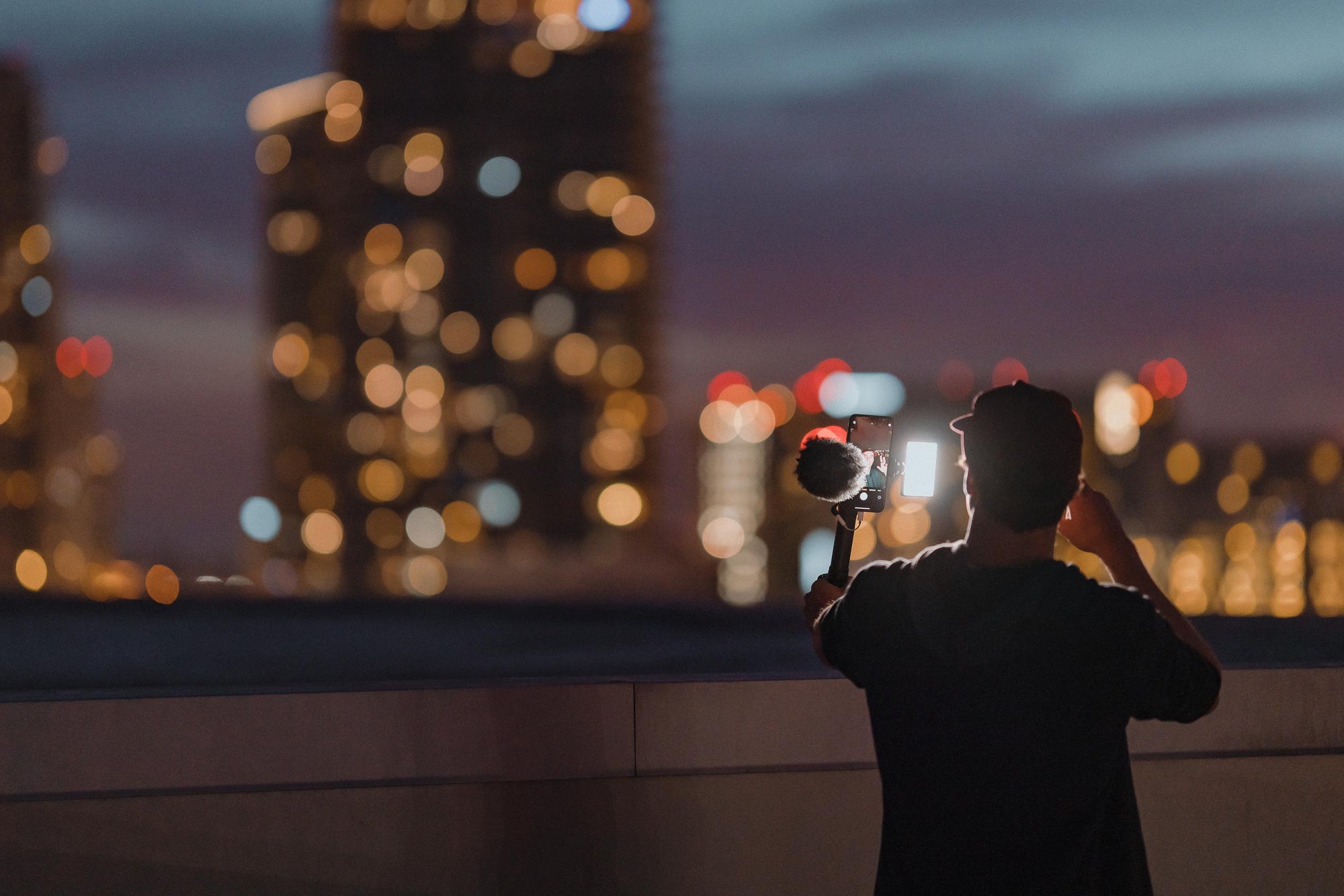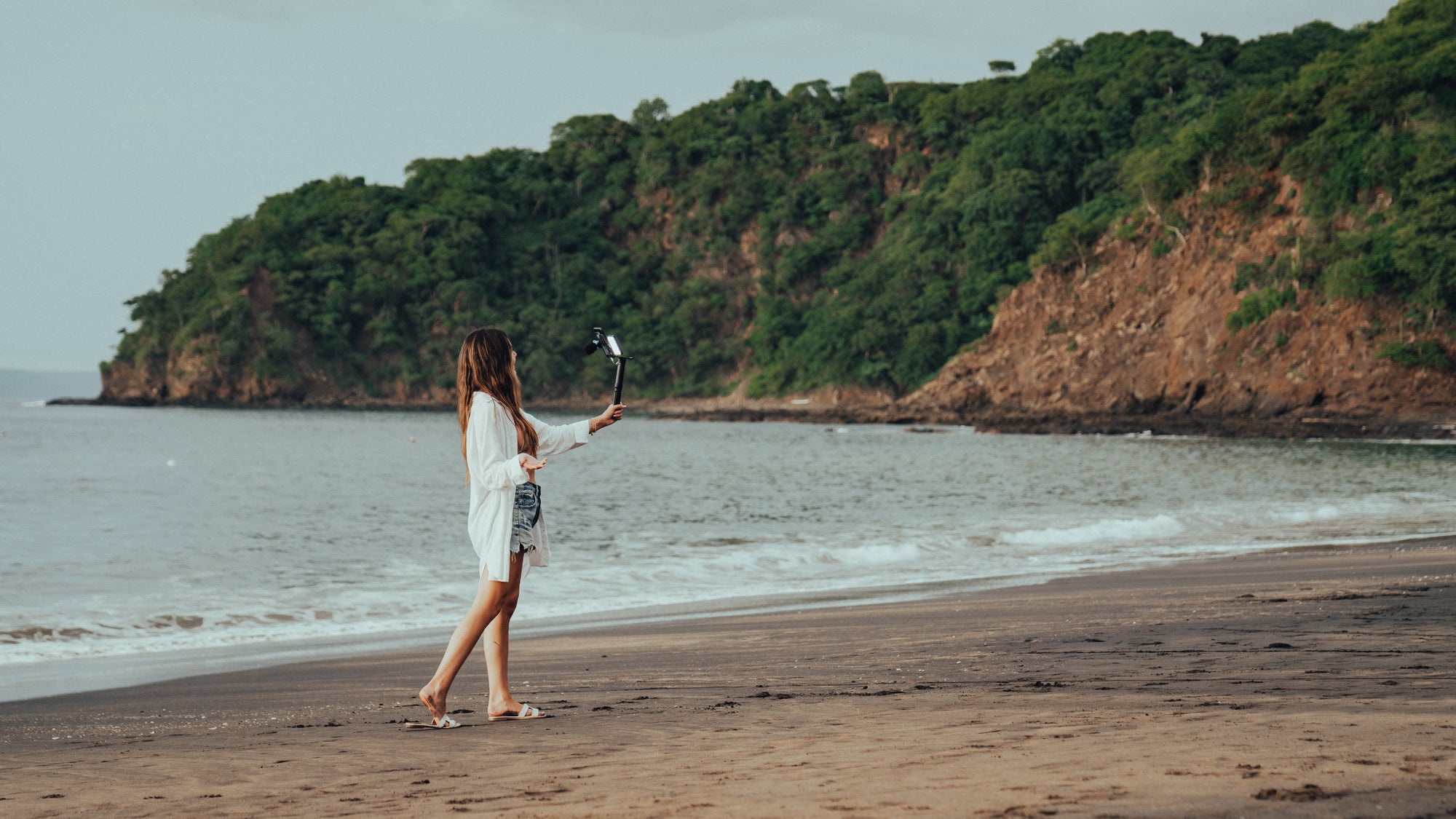
Where was this image taken?
Like most of my shots, this one was taken in my garage! I make all my own dioramas, recycling what I can from household packaging and other odds and ends. I prefer to take shots like this indoors as it makes the lighting more controllable.
How did you come up with the idea? Is this an idea you have been wanting to try?
Using fire as a light source is something I've tried in the past with varying success, but when my youngest son received this fantastic Mario figure for his birthday, the idea of having him search some ancient ruins by torch light just seemed fitting!
Let's talk about lighting! How did you use Lume Cube to light the scene?
By using an OG Lume Cube fitted with a diffusion bulb to camera right, I was able to create a hair light effect, filling the shadows cast by the match in Mario's right hand. The Lume Cube is placed at eye level with the figure here, simply to ensure no shadows were cast by the peak of his cap. I tried a few settings on the Cube to ensure enough light was present, but that it didn't overpower the warm light from the match - I eventually found it worked best at a strength of 6.
Can you share your camera and camera settings for this shot?
I shoot all my toy shots with my trusty Nikon D700. I've had it since my days as a wedding and portrait photographer and it's a little workhorse! Here, I used a Nikkor 28-105mm lens set to macro mode with the camera set at F4.5, ISO 320, 1/80.
What has been the most rewarding part of your photography experiences?
The obvious events would be being featured at San Diego Comiccon, partnering up with brands like Hasbro, Fortnite and Micro Machines for shoots, but honestly? The best thing about the toy photography community - is the community itself! The most rewarding part of this hobby is being able to interact, seek advice from and generally share the experience with so many kind, generous and talented photographers. I have learned so much from other photographers who are always more than happy to discuss set up and camera tips.
What has been the most challenging?
I think the biggest challenge for any member of the toy photography community is the fine line between keeping your shots fresh, and ensuring everything you do is enjoyable. I have myself in the past, fallen into the trap of shooting and posting to social media, focussed on gaining those ever so precious followers and likes. I came to the conclusion some time ago though, that if I wasn't having fun, I would have to ask myself 'what's the point?'. This hobby is all about having fun and enjoying the creative process. If you then choose to post to social media, don't worry about chasing those big numbers: if just one person takes time out of their life to hit the like button to show their appreciation of your creativity, then that's pretty special in my opinion.
What is your post-process when it comes to editing?
I always attempt to capture the end product in camera, with practical special effects and colour filtered lighting. However, shooting action poses sometimes require wires, stands and other more visible tricks of the trade. These, I edit them using the snapseed app on my phone.
Did this photo turn out how you initially envisioned it?
When I set up a toy shot, I always have an image (almost a rough, pencil sketch) of the finished shot in my head. Sometimes (very rarely!) I get the image in one or two shots, but most of the time, I end up with twenty to thirty. This was the latter, with the match being as unpredictable as you might imagine! After many shots (and half a box of matches!) I was satisfied with the pose and the lighting effect from the Lume Cube and the fire!
Describe Lume Cube in 5 words or less.
Durable. Adaptable. Indispensable. Reliable. Unbeatable.
Anything else you’d like to share about this shot or your experience with Lume Cube?
I've had my Lume Cube for just over three years now, and I can honestly say that its adaptability has changed the way I shoot. The brightness options alone have meant that I have been able to use it not only for my macro work, but also on outdoor shoots for weddings and portraiture. The battery life has made location shooting easy and the waterproofing means I have never had to think twice about placing my Lume Cube on the floor in the garden, the forest or even in streams and ponds.
Follow Mark Walker on Instagram!

